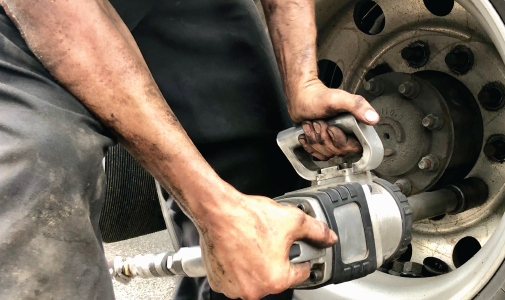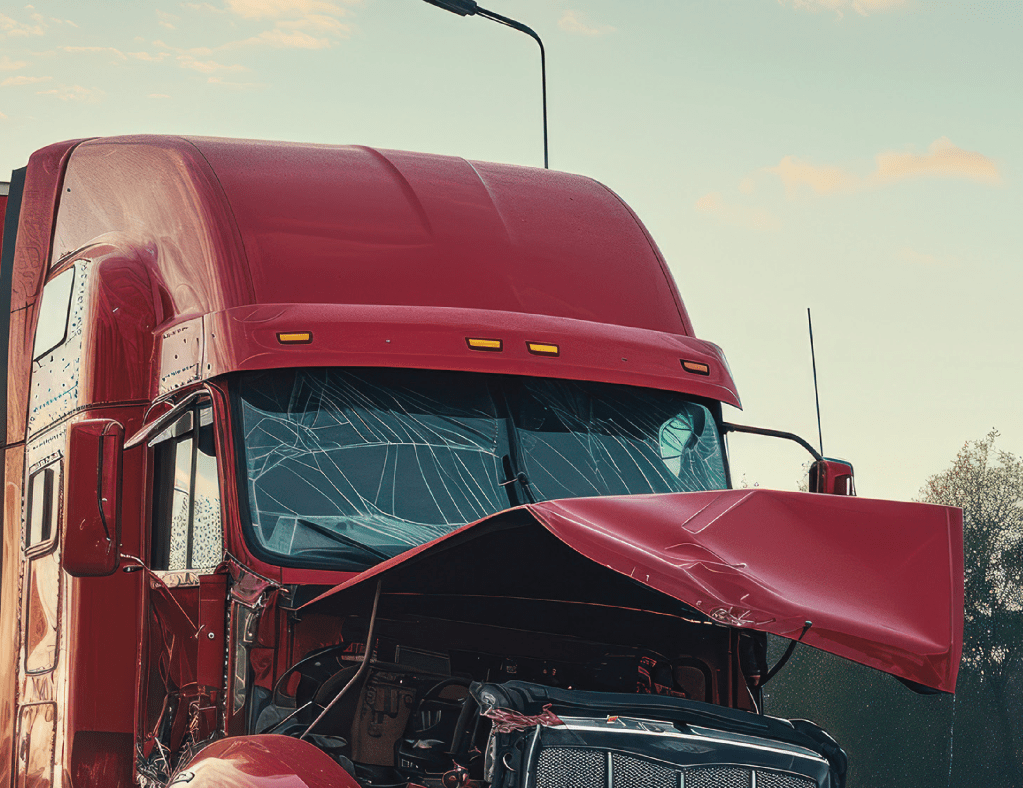The Importance of Truck Tires
Tires are critical components of commercial vehicles, connecting trucks and trailers to the road and enabling safe steering on diverse terrains. Given their crucial role, understanding how to prevent tire wear and tear is essential for drivers. Here’s a comprehensive guide to tire components and maintenance tips.
Facts About Commercial Tires
Did you know that a single tire is composed of over 200 raw materials? Additionally, damaged tires can negatively impact Compliance, Safety, Accountability (CSA) scores for motor carriers (MC) and drivers.

Parts of a Tire
Standard radial tires consist of seven main layers, each contributing to the tire’s flexibility, durability, safety, and fuel efficiency:
- Tread: The outermost layer, made of a blend of natural and synthetic rubbers, providing heat resistance and direct road contact.
- Inner Liner: The innermost part made of synthetic rubber, holding high-pressure air inside.
- Carcass Ply: Located above the inner liner, this layer consists of textile fiber cords that strengthen the tire and determine its loading capacity.
- Bead: The edge that secures the tire to the rim, composed of bead wire, steel, and rubber.
- Sidewall: Positioned between the tread and the bead, it protects the carcass ply and provides flexibility.
- Belts: Also known as the crown ply, these steel cords reinforce the connection between the tread and carcass.
- Cap Ply: Made of polyester fabric, this layer prevents overheating and helps maintain the tire’s shape at high speeds.
Understanding Sidewall Information
The sidewall of a tire contains crucial information such as the Tire Identification Number (TIN), ply material, and Tire Performance Criteria Specification (TPC Spec). Key details include:
- Section Width: A three-digit number measuring the tire’s width in millimeters.
- Sidewall Aspect Ratio: Indicates the sidewall’s height as a percentage of the section width.
- Type of Construction: Radial tires are marked with an uppercase “R,” while bias-ply tires are labeled with “B” or “D.”
- Rim Diameter: The size of the wheel that fits the tire, measured in inches.
- Service Description: Includes the load index (maximum carrying capacity) and speed rating (top speed).
Tire Maintenance and Safety Tips
Driving on worn-out or damaged tires is dangerous and violates Federal Motor Carrier Safety Administration (FMCSA) rules. To avoid violations and poor CSA scores, follow these maintenance tips:
- Perform Pre-Trip Inspections: Check tires before every trip.
- Inflate to Recommended PSI: Maintain proper tire pressure.
- Wash Tires and Wheels: Keep them clean to prevent damage.
- Rotate Tires Regularly: Ensure even wear.
- Practice Good Driving Habits: Avoid harsh braking and acceleration.



